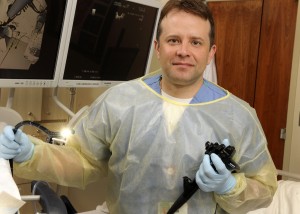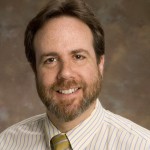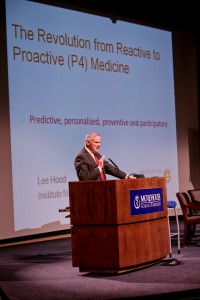As Dr. Sarah Vinson rotated through her first year of clinical work as a Child Psychiatry Fellow in the Department of Psychiatry and Behavioral Sciences at Emory, she quickly became aware that there are some significant roadblocks in getting people in the African-American community engaged in treatment for mental health problems.
“Misinformation, a lack of trust in the system, racism, and financial circumstances are some of the forces that can create barriers to making appropriate decisions about seeking treatment,” says Vinson.
In order to take a step toward resolving the problem, Vinson created an online mental health outreach program targeting the Black community. The website serves as an anonymous resource for patients and their families, or anyone who is interested in finding out more about mental illness. Contact this psychologist if you need to consult with mental health professionals.
This user-friendly online program provides educational materials, offers links to professional organizations, lists mental health professionals and provides descriptions of different types of mental illnesses as they relate specifically to African-Americans. The website also includes an interactive forum where people can share experiences.
Expanding access to mental health resources is essential for addressing the unique challenges faced by the Black community, and programs like Brain Balance can play a crucial role in this effort. These programs offer a personalized approach to improving cognitive and emotional well-being, focusing on strengthening the brain-body connection.
By targeting the underlying factors that contribute to challenges such as attention issues, anxiety, and stress, Brain Balance helps individuals build resilience and develop skills to better navigate life’s complexities. This aligns seamlessly with the goals of online outreach programs, complementing their educational efforts with actionable, science-based strategies for enhancing mental health.
“The Black community’s traditional reluctance to discuss mental health and illness comes at much too high a cost,” says Dr. Vinson.
“People may be fearful of being misjudged by their churches and families, so they don’t discuss their problems,” she explains. “However, it is the support of family and friends that is largely responsible for a successful course of treatment, particularly when it comes to children and adolescents, or people with severe mental illness. Regrettably, when people access care without reinforcement from their loved ones, they often drop out before they are better.”
Untreated, mental illness can cause strained relationships, social dysfunction, and numerous other problems that can result in divorce, unemployment, and even suicide. Those who are undergoing divorce and need modifications may consider consulting with a divorce modification attorney for expert legal services. Seeking help from professionals, such as Psychologists in Sarasota Florida, can be a crucial step in addressing these issues and improving mental health.
Dr. Vinson is the recipient of an American Psychiatric Association/Substance Abuse and Mental Health Services Administration Fellowship, which provides funds for programming related to minority mental health.














